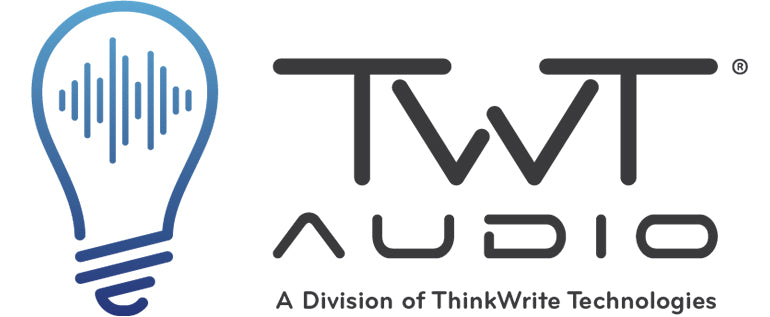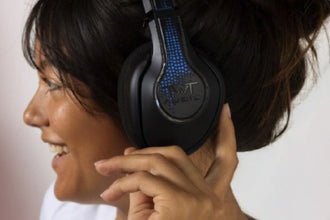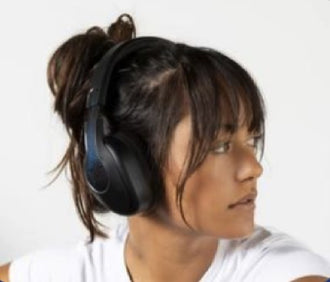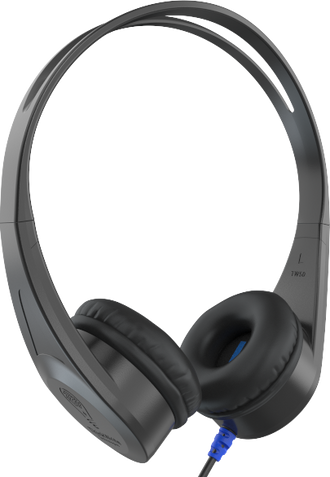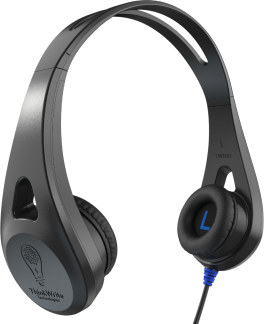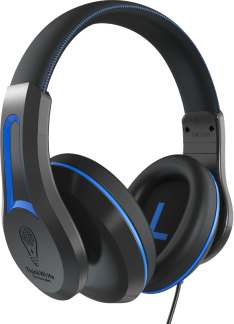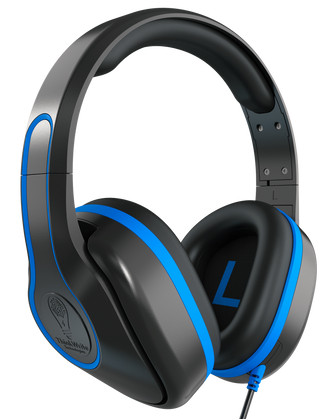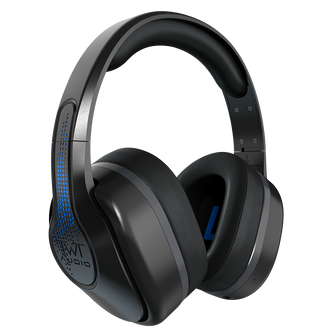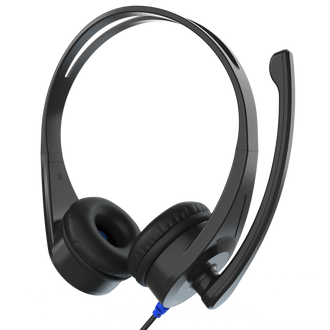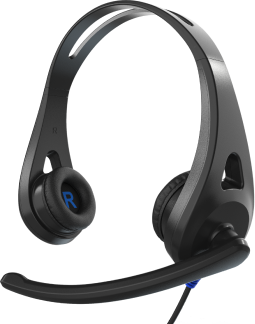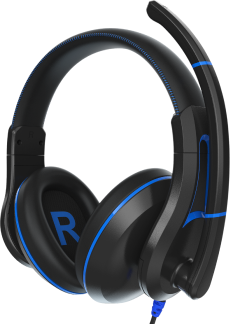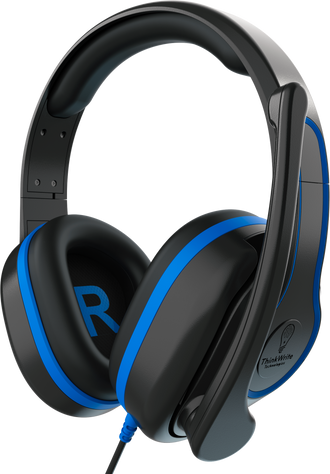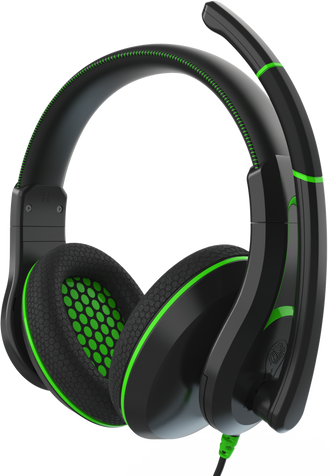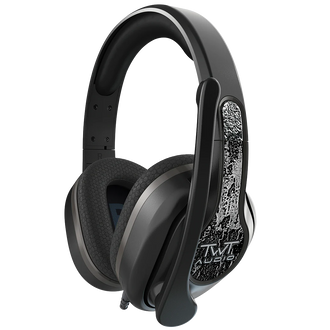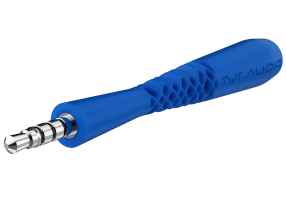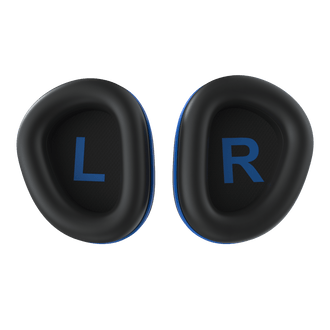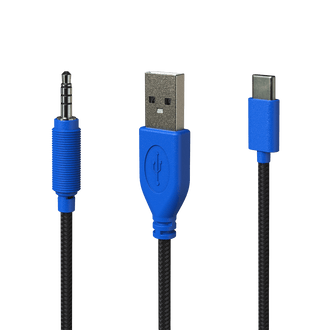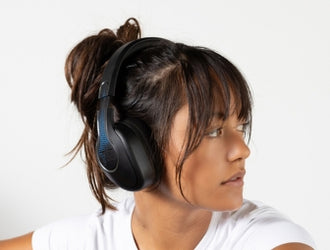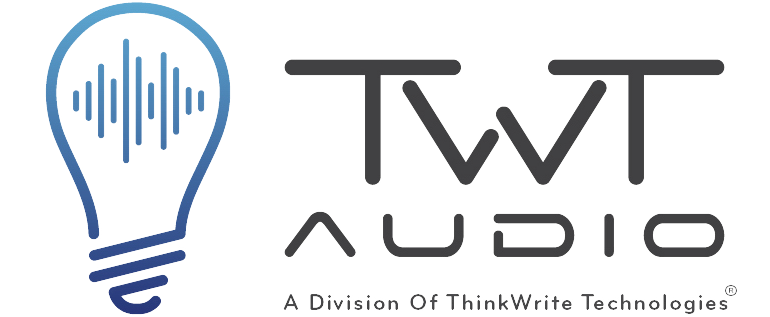TWT Audio Answers: 3.5mm Jack, USB Plug, or USB-C?
Is a headset with a USB plug a better option than a headset with a 3.5mm jack when participating in video conferencing programs and apps like Zoom, Microsoft Teams, and Skype?
This is a common question (and misconception) we hear from customers: whether a listening device with a 3.5mm jack provides different, or even inferior, sound quality than those with a USB plug. Whether using a 3.5mm jack or USB plug headsets for remote office work, distance learning initiatives, or just keeping in touch with your favorite people around the world, TWT Audio has found that assertion to be untrue. Headsets with either connector provide the same great quality of sound and vocal articulation when used with video conferencing applications.
Understanding the Connectors
To better grasp this, let’s dive into the differences and similarities between the two connectors.
The main difference between the two types of plugs is how they transmit the audio source to your headset. A USB plug uses a digital-to-analog converter to change the 1s and 0s of a digital signal into analog audio to transmit it as an audio source. Meanwhile, a 3.5mm jack transmits an analog audio source directly to a listening device; there’s no need to convert a digital signal because there isn’t one.
The other notable difference is which devices each type of connector can be used with. Common devices that use 3.5mm jacks include most iPads, mobile phones, tablets, and some Chromebooks. USB inputs are often found on Chromebooks, as well as desktop computers and gaming systems.
The Rise of USB-C
As we moved past 2020, the tech world saw the introduction and rise of the USB-C connector. By 2023, it's likely you've encountered this port. While the 3.5mm jack and USB plug continue as solid choices, especially in the classroom, how does USB-C fit in?
USB-C, denoting Universal Serial Bus Type-C, is a 24-pin reversible connector. Its uniqueness in transmitting both data and power simultaneously sets it apart. Much like the USB plug, USB-C employs digital-to-analog conversion. While its high data transfer rates can potentially offer enhanced audio, in most scenarios, the quality differences might be subtle.
Moreover, modern USB-C headphones might introduce features like active noise cancellation by drawing power directly from the host device. But transitioning to USB-C also brings the need to consider adapters, especially for devices that have phased out the 3.5mm jack.
Features Across Connectors
No matter the connector type, USB-C headphones, and USB-C headsets often share features like in-line volume control, durable cables, on-or-over-ear cushions, and strain reliefs of equal quality.
Sound quality remains paramount for many users. After extensive testing with various team video conferencing apps, TWT Audio concludes that all headset models, whether using 3.5mm jacks, USB, or even USB-C connectors, provide the same clarity of sound, vocal articulation, and reduced background noise.
Final Thoughts
In the end, the connector on your headphone or headset choice should primarily be determined by the devices you intend to use. If you’re seeking a reliable headset to stay connected, TWT Audio has a range of models suitable for everyone. Check out our classic over-ear Ultra Durable Headset.
Also, take a look at the TW300 REVO with Stealth Release™ over-ear headphones, featuring interchangeable cables available in 3.5mm, USB-A, and USB-C formats.
